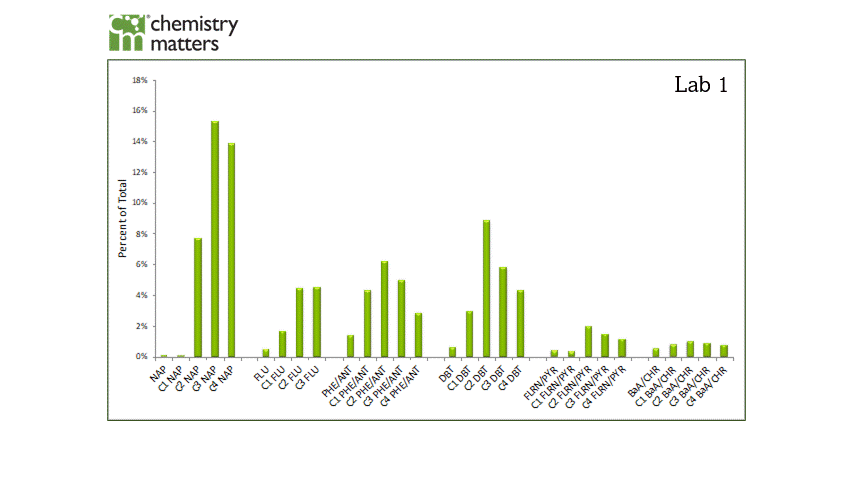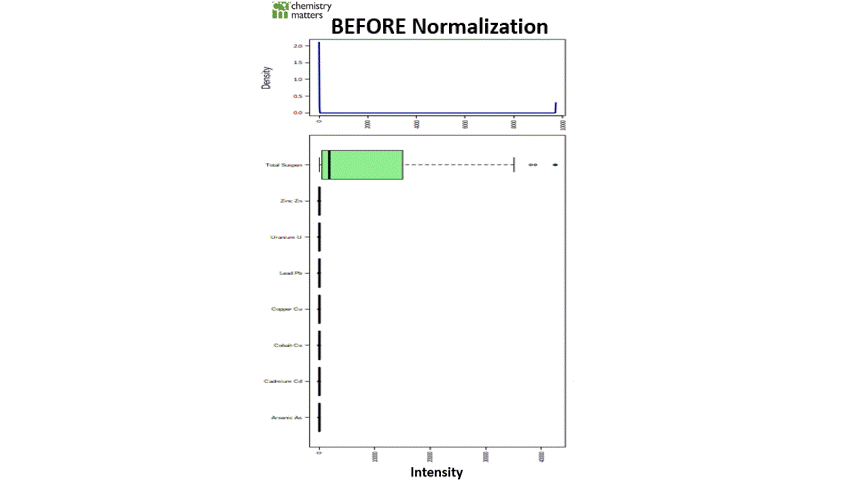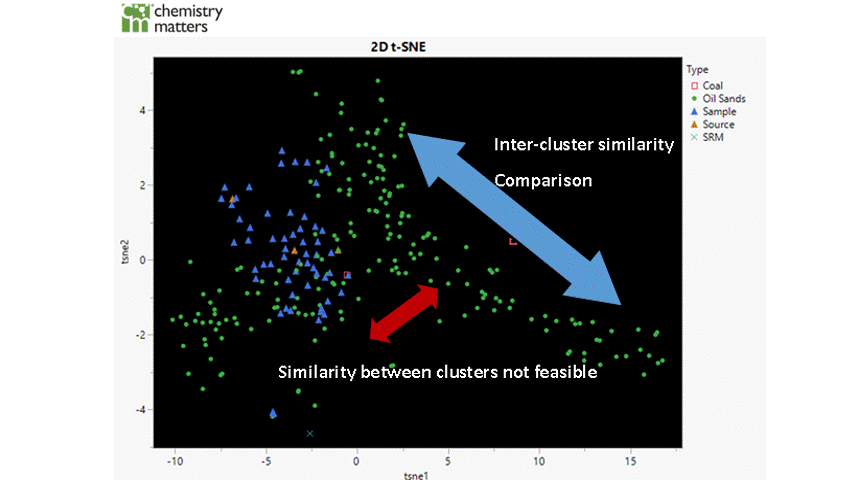There is an old adage, often referred to as Segal’s Law, that states: “A man with one watch knows what time it is, a man with two is never sure”. I use this a lot for my work when I am presenting. I am often given data where samples get sent to two different laboratories for the same analyses. It is usually done to confirm results from the first set of lab results. We do this to try and clear up the situation or verify the results. When the results are not the same, it causes a bit of confusion. This happens more times than not. Which result is correct?
Having two different results for the same sample can have dramatic effects on environmental forensics investigations looking at patterns of contaminants in the environment. We noticed this on a litigation project that we were working on where “source-like” samples of PAHs were sent to two laboratories to confirm the results we were seeing. Each time, the patterns came back different. How different? The difference in patterns of the PAHs was the most variability in the dataset. When using multivariate statistical techniques such as principal component analysis, this caused great heartache.
We needed to address this issue. Thus, we partnered with researchers at COGRAD to address this issue for alkylated PAH quantification. Alkylated PAHs are unique in how they get quantified. The hundreds of alkylated PAH congeners that are present in the sample get quantified together as a single peak. They are usually quantified using the parent PAH.
If you want to know about the nitty-gritty, the resulting publication of our efforts can be found here.
Bottom line is that different laboratories can have different patterns that will impact your multivariate statistics and source apportionment analysis. The good news is that parent PAH results are not affected by this particular issue addressed in this article. They have the usual inter-lab issues, like all other environmental analyses, but not the dramatic differences sometimes seen with alkylated PAHs.
If you have questions about how this issue might impact your alkylated PAH results, reach out and let us know.




